The UK government data website:
Dashboards:
https://www.arcgis.com/apps/opsdashboard/index.html#/f94c3c90da5b4e9f9a0b19484dd4bb14 (Desktop)
https://www.arcgis.com/apps/opsdashboard/index.html#/ae5dda8f86814ae99dde905d2a9070ae (Mobile)
The UK government data website:
Dashboards:
https://www.arcgis.com/apps/opsdashboard/index.html#/f94c3c90da5b4e9f9a0b19484dd4bb14 (Desktop)
https://www.arcgis.com/apps/opsdashboard/index.html#/ae5dda8f86814ae99dde905d2a9070ae (Mobile)
I’ll post this here so it does not get lost in the Covid bickering thread.
Anyone looking for something easy and useful, and low risk, they can do in Team Australia’s fight against Covid-19 should join up to this website. Deputy CMO Paul Kelly has mentioned it a few times in his press conference, so he sees it as important.
It is run from NSW but anyone in Australia or Tasmania East (NZ) can join.
I’ve joined, it is easy. You get regular weekly emails to remind you to log on and report if you have any flu symptoms, or not. It takes about 30 seconds. This information is used to map and track which post codes are developing as hot spots for flu symptoms (and therefore covid symptoms). You can zoom in to the map yourself to see how healthy your postcode is at the moment.

Link to actual map
https://denden.shinyapps.io/MapApp/
Just want to expand a little on this. A clade is simply defined as a single common ancestor and all its descendents. This definition can be applied at any scale, e.g., all primates form a clade that is distinct from other mammals, but all mammals collectively form a clade of their own that is distinct from other tetrapods. Applying this definition to the trees above, any group of viruses that descend from a single branch are considered a clade. All human cases of SARS-CoV2 including the one involved in the original wildlife-to-human transmission event are considered a clade. Similarly, the virus carried by the idiot who goes to a party, together with the viruses subsequently carried by the 30 people he gave it to, are also considered a clade.
When it comes to defining a particular strain, or “subtype”, this is where it gets tricky. In general, there’s no clear and consistent definition for this. Sometimes, structural or functional distinctions can be used, such as in the case of influenza A, where different strains are defined according to the surface protein structure (e.g., H5N1, H1N1). Different strains can also be defined according to the native host. For instance, the bobcat strain of feline immunodeficiency virus is distinct from the mountain lion strain because the viruses are different enough that cross-species transmission is limited. In other cases, these distinctions can be relatively arbitrary, defined according to percentage of generic sequence similarity, or degree of phylogenetic divergence (the length of a branch on a phylogenetic tree). These cutoffs could be chosen as a function of variation among all the viruses being investigated (e.g., If the average genetic similarity among all pairs of viruses is 80%, then this might be used as a threshold for defining a strain or a subtype, such that all viruses sharing >80% similarity could be considered part of the same group) but not necessarily. However, as with the term “clade”, “strain” can also be applied at different hierarchical levels. For example, it would not be incorrect to refer (at least informally) to a virus isolated from me as a “strain”, and a virus isolated from you as another “strain”.
This is why people should not assume that different strains must have functional differences, such as one being more virulent than the other. This is possible, but the distinction between strains of SARS-CoV2 currently is based purely on degrees of phylogenetic divergence. No functional differences between strains are implied, nor, as far as I know, have any been discovered. A large proportion of genetic variation in a population, whether a population of animals or a population of viruses, does not have any direct physical (phenotypic) effect. This variation can tell you a lot about how closely related individuals/viruses are though, through which you can infer things like how the virus has spread over time and which countries it came from, or how often animals of a given species or population move between different locations.
Anyway, great thread, AT. I fell behind on the other threads ages ago and have been unable to catch up.
Thanks @Kozza. I am a pragmatist. To me the concept of a “strain” is in the eye of the beholder. If you are interested in surface proteins of a virus, ie you are a virologist, you will look at lineages differently to a doctor, who is more interested in clinical matters. For the doctor, its all about whether a strain requires a different treatment. So a strain should be defined as the lineage in which individuals inherit the same characteristic of interest. The definition of degrees of divergence by mutation is arcane.
How much virus is needed to develop COVID-19? 1, or 1 million, or 10 million?
Does the severity of the disease depend on the number of viruses you pick up?
It turns out, experts don’t really agree, the ones sampled in this piece disagree quite a bit. So facts is a misnomer.
To summarise.
https://www.sciencemediacentre.org/expert-reaction-to-questions-about-covid-19-and-viral-load/
Do you have a scientific background out of curiosity?
Physics.
How much virus is needed to develop COVID-19? 1, or 1 million, or 10 million?
Does the severity of the disease depend on the number of viruses you pick up?It turns out, experts don’t really agree
I don’t know where this came from but I think it is a canard.
It’s not surprising the experts don’t agree as they could not possibly know. No-one would have titrated the dosage in humans let alone correlate that with outcomes (though it may have been done by now in animal models).
Its not a carnard AT. The article quotes some very well qualified virologists. Are you suggesting the answers in the article are fake news?
The doses of influenza virus have been tested in mice, so it would make sense to do a comparative test in mice and as you say, it has probably already been done.
How much virus is needed to develop COVID-19?
How much virus Joe Daniher kick?
Its not a carnard AT. The article quotes some very well qualified virologists. Are you suggesting the answers in the article are fake news?
The doses of influenza virus have been tested in mice, so it would make sense to do a comparative test in mice and as you say, it has probably already been done.
Yes it quotes some virologists. If you read what they say, they all skate around the question, except for the first one who agreed with what I said:
"It is unlikely that higher doses that would be acquired by being exposed to multiple infected sources would make much difference to the course of disease or the outcome. "
Another one mentioned load in SARS and MERS but a) we don’t know what the data is for these diseases (he did not provide a reference) and b) we do not know if SARS2 will behave in the same way that he said the others did.
Here are your facts - the state response and advisory’s plus the commonwealth site are the one source of truth. Seriously fk the news off now if you want to feel sane.
I’ve left a link to the WhatsApp page which is really good.
Don’t spread info until you know it’s fact. Rumours are not helpful.
And yeah as DJR said good luck with this one.

The World Health Organization has announced that COVID-19 is a pandemic. Find out how we are monitoring and responding to the outbreak, how you can help slow the spread of COVID-19 in Australia, and what to do if you have symptoms. We also report the...
Information and advice about the coronavirus disease (COVID-19) including latest updates from the Tasmanian and Australian Governments.
https://www.dhhs.vic.gov.au/coronavirus-covid-19-daily-update
https://www.health.nsw.gov.au/Infectious/diseases/Pages/coronavirus.aspx
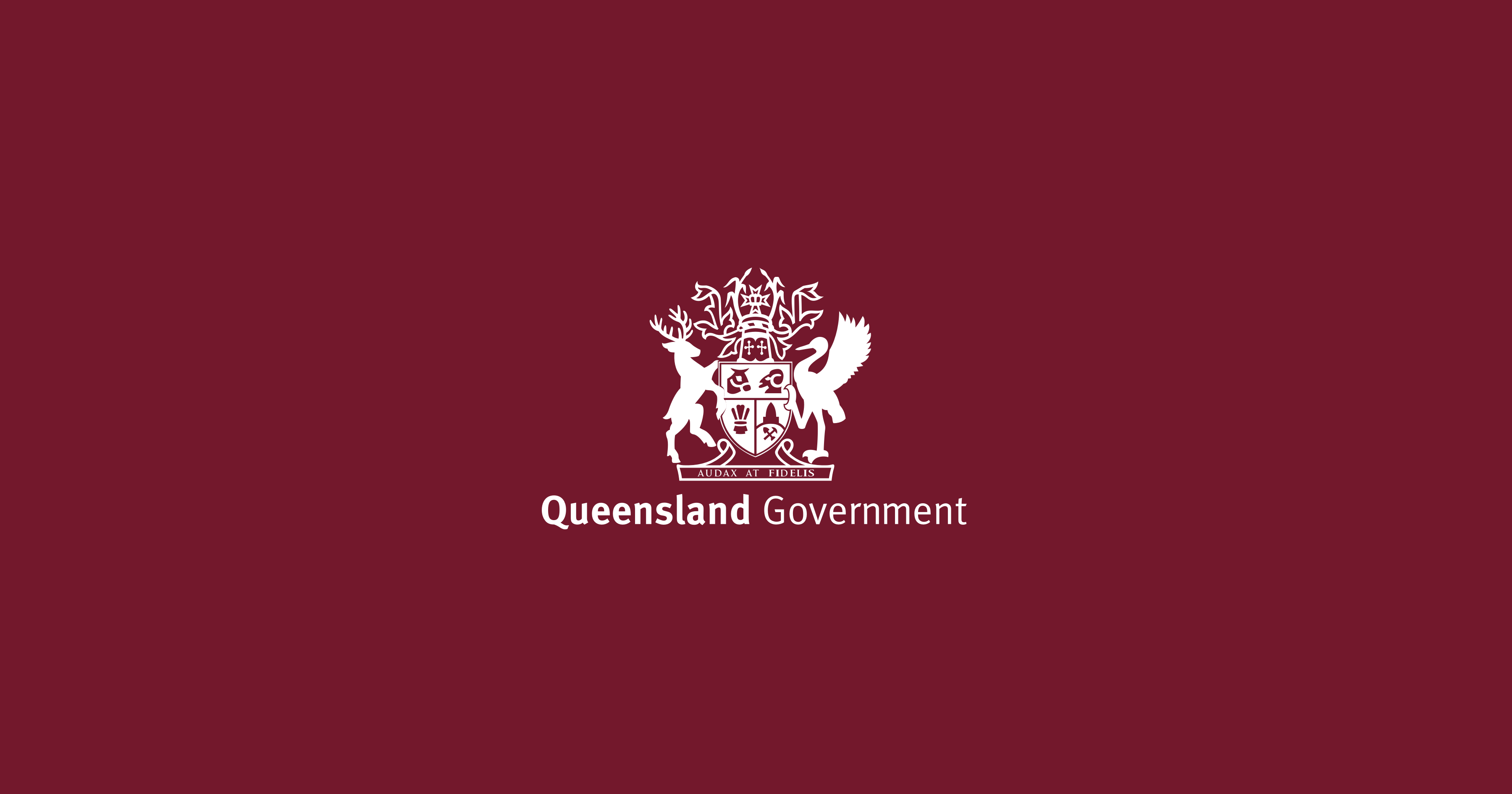
Information about the current status of novel coronavirus (COVID-19) in Queensland including public contact tracing alerts.
https://www.wa.gov.au/government/covid-19-coronavirus
Gov app;
You can use the Australian Government Coronavirus app to: - stay up to date with the official information and advice - important health advice to help stop the spread and stay healthy - get a quick snapshot of the current official status within...
This is the what’s app update;
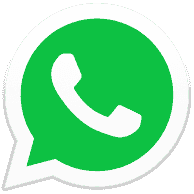 WhatsApp.com
WhatsApp.com
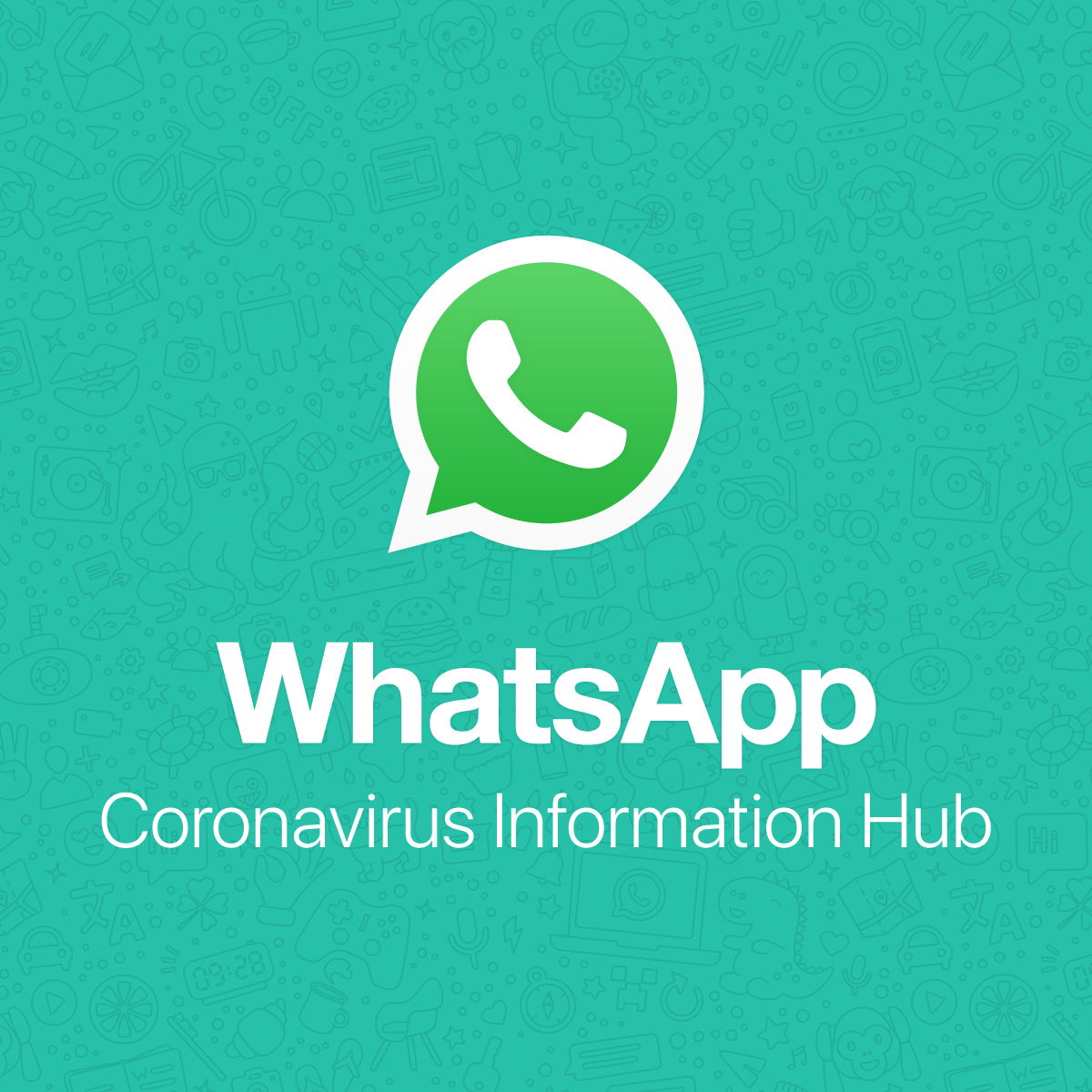
How to Get Started on WhatsApp
Yes I know they are subject of criticism, but here is 30 minute WHO background from Mike Ryan in 2017.
Earlier Ryan said “go hard go early, do not wait for proof”!
Its a shame Tedros wasn’t listening to him early on.
I don’t know where this came from but I think it is a canard.
It’s a duck??
canard
That’s a Mallard you Goose. 
Thought it was ‘duck’.
Checking -
yep, it’s duck in French!
The Old French word quanart , “duck,” morphed into canard , as in “vendre un canard à moitié,” which refers to “half-selling” a duck, or cheating someone, and the word came to mean something meant to fool someone.
This a copy of the post I made on the main COVID-19 thread. Have copied here, and will update here, from this point forward following a suggestion from @Albert_Thurgood.
Lot of talk about the US - and of course Trump - so I thought I would try and piece together a rough timeline of what’s unfolded in the US, noting that I think no one individual is to blame (be it Trump or Cuomo or anyone else).
Note: I will continue update this as others bring facts I have missed. Thanks to all who do. I’ve expanded the timeline to the earliest possible point under the Trump administration.
In summary, Trump has made mis-steps without a doubt, but the refusal of China to let the US CDC visit on 3 January was the biggest mistake (exacerbated by continuing to insist there was no evidence of human - human transmission) as it would certainly have led to an earlier ban on travel from China to the US. That would have greatly reduced how many infected people brought it into the US.
Second is the WHO’s blatant supporting of China and all its decisions, in the face of mounting facts. The WHO president became nothing but a propaganda mouthpiece for the Chinese government. They didn’t declare a pandemic until 12 March when it was clear at least 2 weeks earlier to other countries which is why they banned flights from China. Morrison was quite open about treating the situation as a pandemic when he banned flights on 1 February.
Thirdly, the US Health Bureaucrats - FDA - who decided not to use proven/approved test kits from overseas but task the CDC to produce them, banning even private companies from producing them. This cost the US a month in lost testing, over February, as it would have uncovered a bigger rate of infection than was realised. Note that the US didn’t even have its first death from COVID-19 until 29 February which one suspects lulled the FDA into thinking the situation was under control.
Then, I think, comes Trump. His managerial style leads to high staff turnover; so the benefit of any hand over on pandemic planning from the Obama administration is basically lost, as limited as it might have been given the uniqueness of each pandemic - every little bit of forward planning helps. He acted ahead of the WHO in banning travel from China on 31 January, having received intelligence reports during January. He started giving out mixed messages for a period of 1- 2 weeks from early-mid March. Since then he has stayed to the script of his health advisors. He has made good, decisive decisions like invoking a war time act. Problem is, his tweeting and talking don’t align with the serious acts he has actually taken, hence he created confusion about how seriously people should take the situation. US Governors are not better or worse than Trump. Health is primarily a state responsibility in the US like it is in Australia. The FDA might approve new drugs, biological products and medical devices but it is actually up to each state to order what it thinks it needs. Trump appointing Spence at the end of February to lead the effort against COVID-19 seems like a slap to the FDA/CDC after they got the test kit manufacture wrong.
I’ve tried to be as objective as I can be with pulling all this together from different sources and then offered my opinion as I see the facts.
World Health Organization chief Tedros Adhanom Ghebreyesus said on Monday there was no need for measures that “unnecessarily interfere with international travel and trade” in trying to halt the spread of a coronavirus that has killed 361 people in…
Calling himself a wartime president, Donald Trump is shifting his tone in the COVID-19 fight. But will new measures be enough?
U.S. President Donald Trump on Friday invoked emergency powers to require General Motors Co to build much-needed ventilators for coronavirus patients after he accused the largest U.S. automaker of “wasting time” during negotiations.
President Donald J. Trump announced Wednesday that Vice President Mike Pence will lead the United States COVID-19 response.“Mike will be working with the professionals, doctors and everybody else that’s working,” Trump said at a White House press…

Privately, Chinese doctors say they need outside expertise. But Beijing, without saying why, has shown no interest so far.
It adds to mounting reports that the U.S. government could have acted much sooner to contain the virus.
Current and former officials say there was no formal assessment in November but that there was raw intelligence that fueled formal assessments written in December.
The Obama administration walked incoming Trump administration officials through a hypothetical scenario in which a pandemic worse than the 1918 Spanish flu shut down cities like Seoul and London in early 2017,
South China Morning Post – 13 Mar 20
Government records suggest first person infected with new disease may have been a Hubei resident aged 55, but ‘patient zero’ has yet to be confirmed.
It’s worth saving this here.
As of two weeks ago, Covid19 is now the leading cause of deaths of all the top 15 causes in the USA:
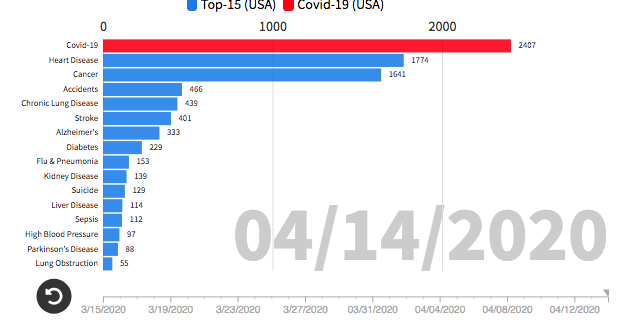
and here is where they were a month earlier:
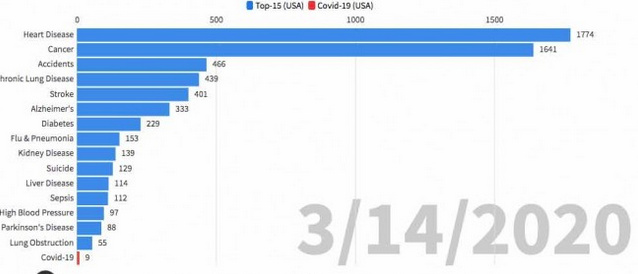
I couldn’t embed the video of the movie showing the day by day increase, but it’s very instructive and can be see here:

The chart illustrates the startling rise of coronavirus deaths over the last few weeks.
(To be clear, the covid deaths are real, as reported whereas the others are the expected averaged daily deaths from annual figures).
Are any of those Trump aides briefed by Obama still engaged as Trump aides.?